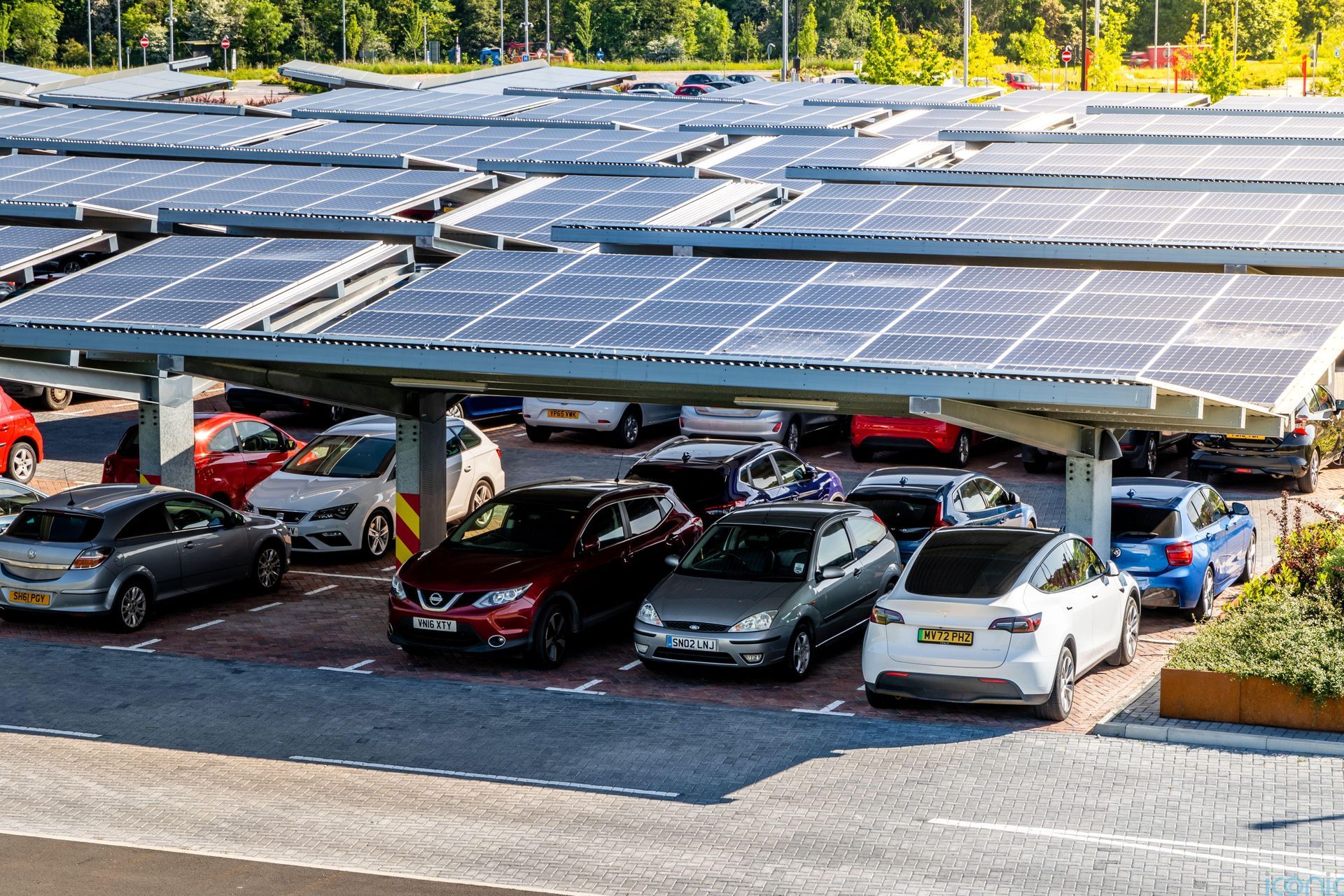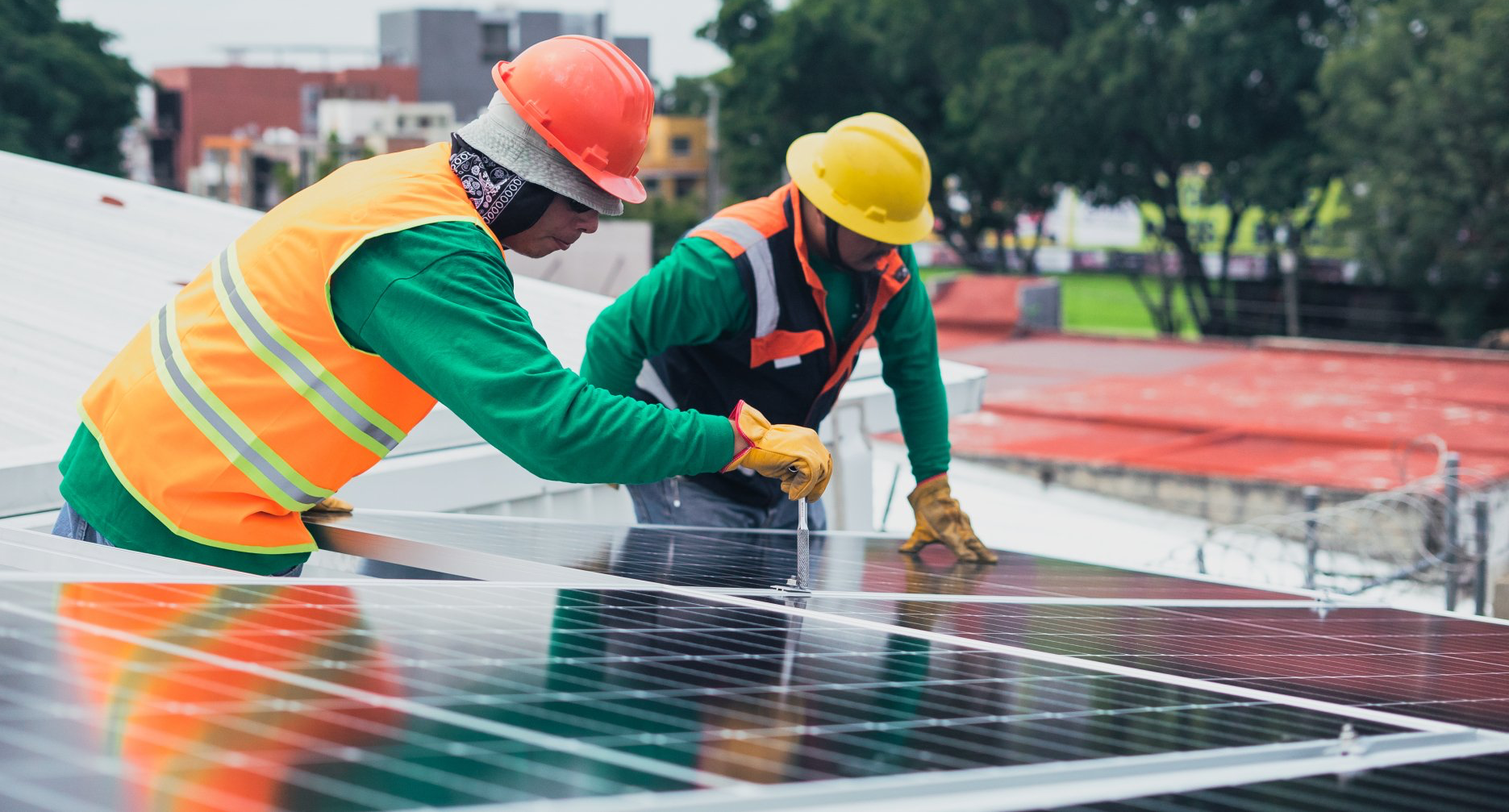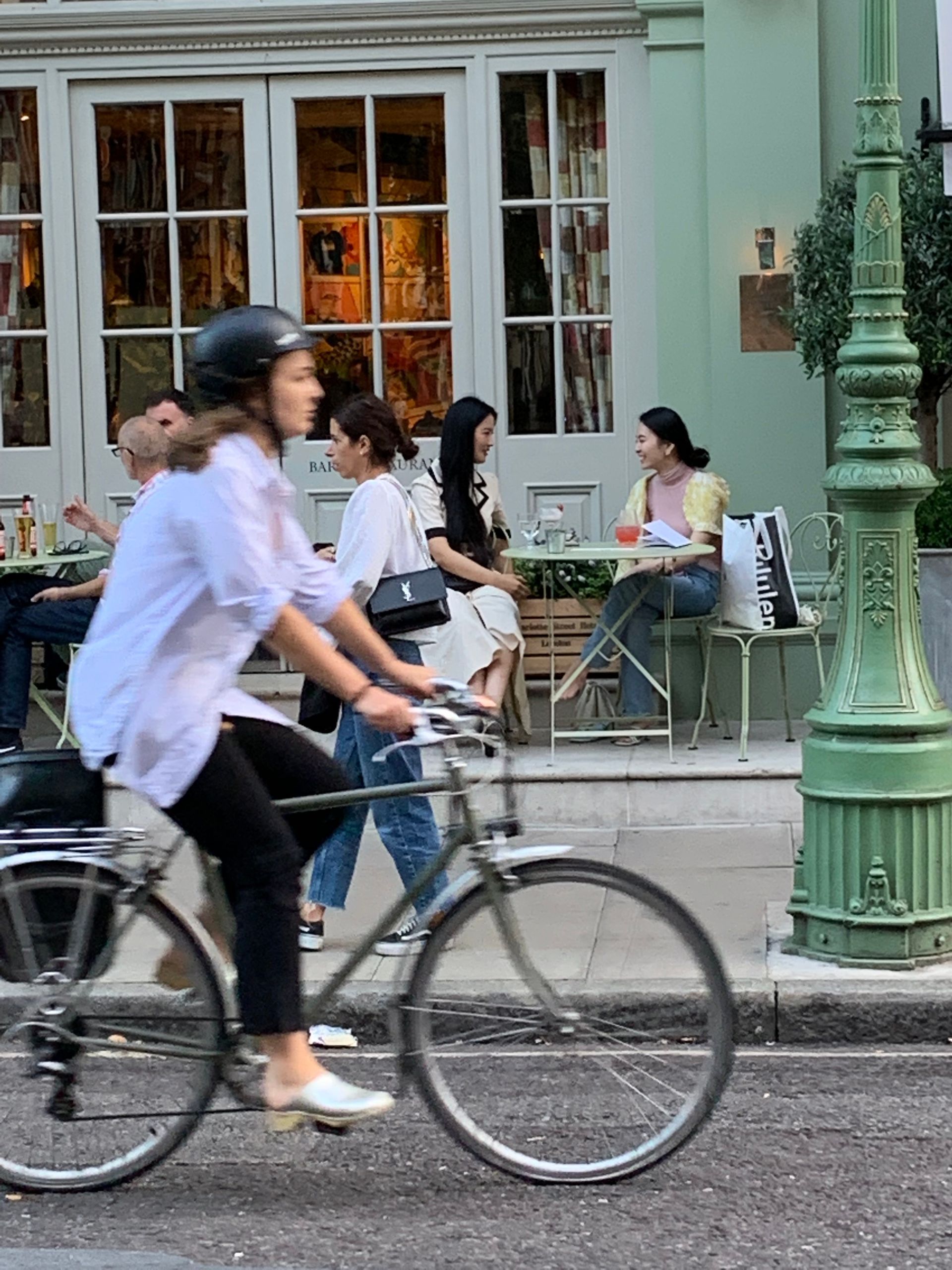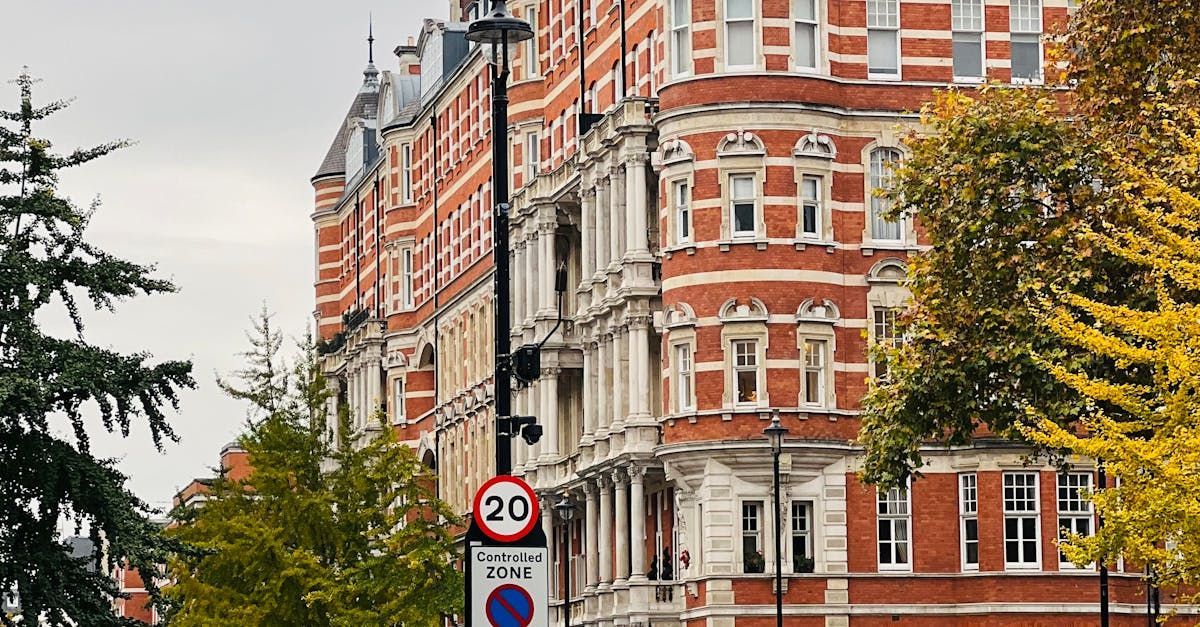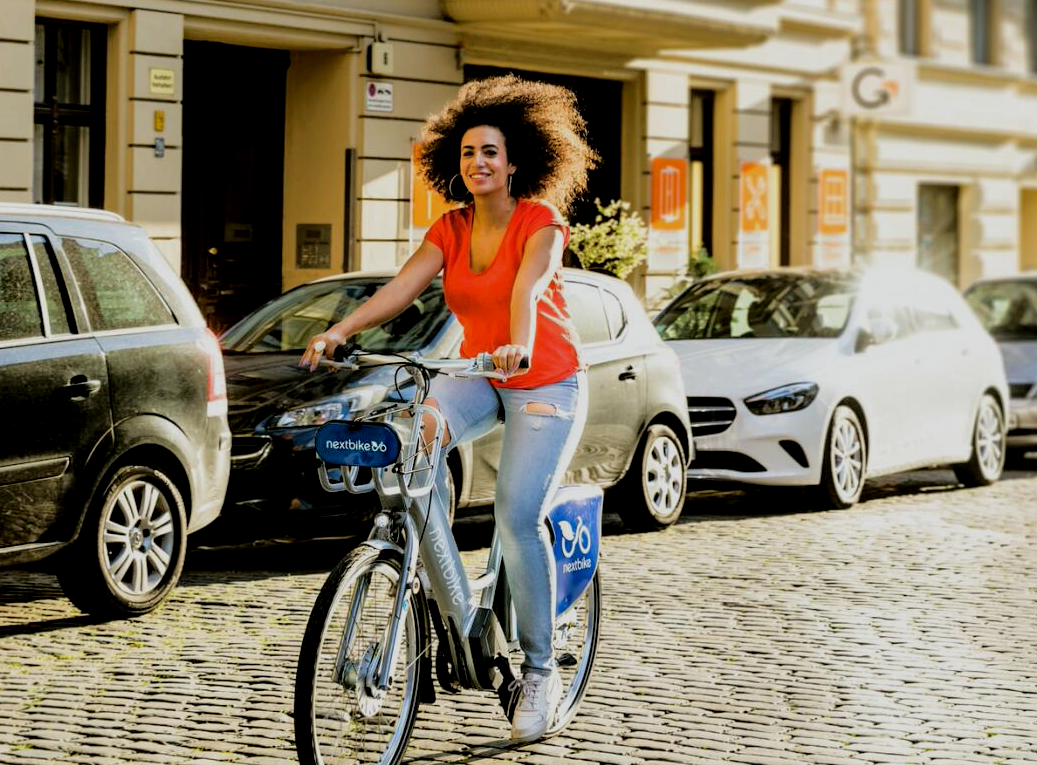Reimaginging London: A Placemaking Approach
Restoring London's Status as a World-Class City

London is celebrated as a world-class city, renowned and beloved for its iconic history and heritage, beautiful and expansive green spaces, and vibrant culture, retail and hospitality sectors. Yet, there is a growing sense that London is losing its way. A recent Telegraph article[1] argues just that, outlining 10 things[2] we should focus on to make the city great again. While the suggestions are sensible and seemingly straightforward, do they miss the point? Do we need to consider the city from a placemaking perspective?
Beyond Quick Fixes
Placemaking invites us to see the city not as a collection of isolated problems, but as an interconnected ecosystem. It allows us to consider each of these suggestions as part of a wider whole, encouraging nuance and recognising that what works in one district may not suit another. At its core, effective placemaking is about engaging with communities by listening to understand their needs, while also being bold and innovative in tackling today’s social, economic, environmental and urban problems.
To truly future-proof London, we need to think both short and long term. This means alongside quick wins (high impact interventions), we need policy tools and strategies that are both deliverable and capable of attracting sustained investment.
Designing for Diversity
In focusing on the well-acknowledged poor night-time economy offer, could we also consider what it is like to be a shift worker, cleaner, or open shop in the early hours? Developing a strategy for the evening and night-time per borough is helpful, but unless boroughs are supported with tools to change current approaches, the impact of this is likely limited.
Placemaking offers a lens to design for diversity of use: daytime commerce, inclusive wellness for all, evening culture, late-night safety. It means ensuring that public spaces are not just walkable, but welcoming with seating, shade, lighting and programming that invites people to linger, not just pass through.
The article’s concern with “dodgy candy shops” and “creaking infrastructure” is valid, but the solution isn’t just enforcement or investment. It’s curation. It’s about creating the conditions for authentic, community-rooted enterprise to thrive. That means affordable rents, leveraging planning and licensing tools, and support for independent businesses and cultural venues.
From Al Fresco to Enduring Hospitality
There is a need to embed great hospitality as the expectation, rather than the exception. One of the most visible—and joyful—transformations of London’s streets in recent years has been the rise of al fresco dining. What began as a pandemic workaround has become a placemaking opportunity. Outdoor dining enlivens pavements, supports local businesses, and fosters a sense of conviviality that cities like Paris and Barcelona have long embraced, and we have admired. But for this to endure, it needs more than temporary licenses and plastic barriers. It needs design-led infrastructure: high-quality street furniture, weather protection and integration with pedestrian flows. It also needs to be sensitively managed through careful operation, with support from local authorities.
Climate Resilience
The changing climate should be central to any placemaking agenda. The city faces rising temperatures, increased flood risk and worsening air quality. While London in the sunshine is hard to beat, evidence suggests that extreme weather events are likely to increase in frequency and intensity in the coming years. There is opportunity to respond not just through planting of trees or installing air conditioning, but in considering retrofitting, green infrastructure, permeable surfaces and cooling public spaces. What gives these interventions impact is that they are not just engineered or environmental interventions – they are social too. A shaded bench, a rain garden, or a pocket park can make a street more inclusive, more beautiful and more resilient. What would it take for London to become ecologically intelligent, where sustainability is stitched into the everyday experience of urban life?
Conclusion
Good placemaking is both strategic and sensitive. It listens to local voices, reflects local identity and builds in flexibility for future change. That’s the heart of placemaking: not just designing spaces, but empowering people to shape them.
Footnotes
[1] https://www.telegraph.co.uk/travel/destinations/europe/united-kingdom/england/london/make-london-great-again/
[2] The Telegraph’s 10 things to restore London as a world class city:
1. Pedestrianise the West End
2. Improve the phone signal
3. Learn to deal with any type of weather
4. Make visitors sign a pledge to follow the rules
5. Plant more trees
6. Stay open past 11pm
7. Charge foreign tourists to visit our museums
8. Banish surly service
9. Give us more medium-sized music venues
10. Embark on a campaign of beautification

